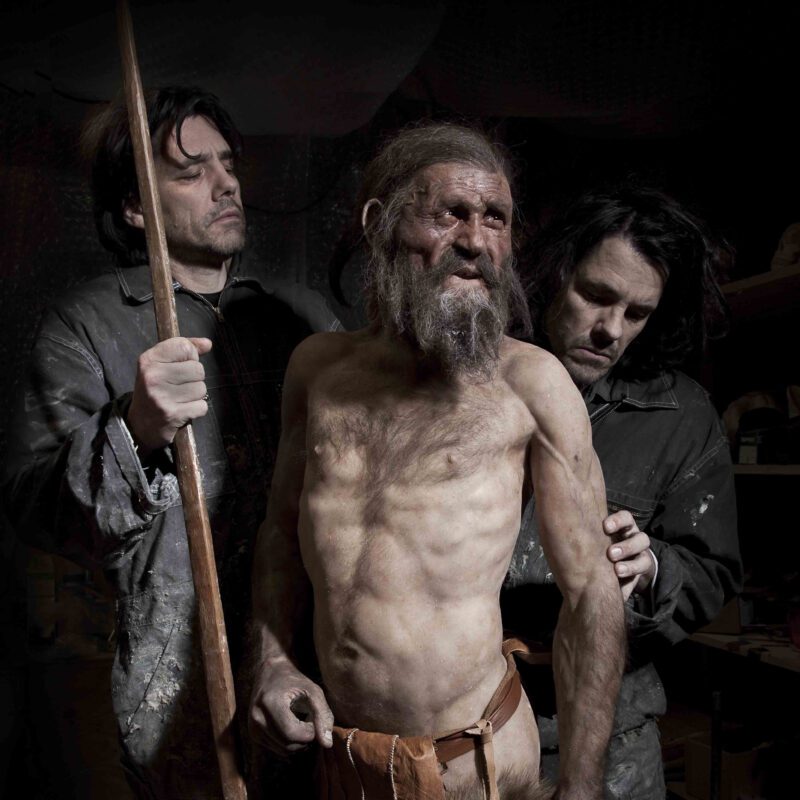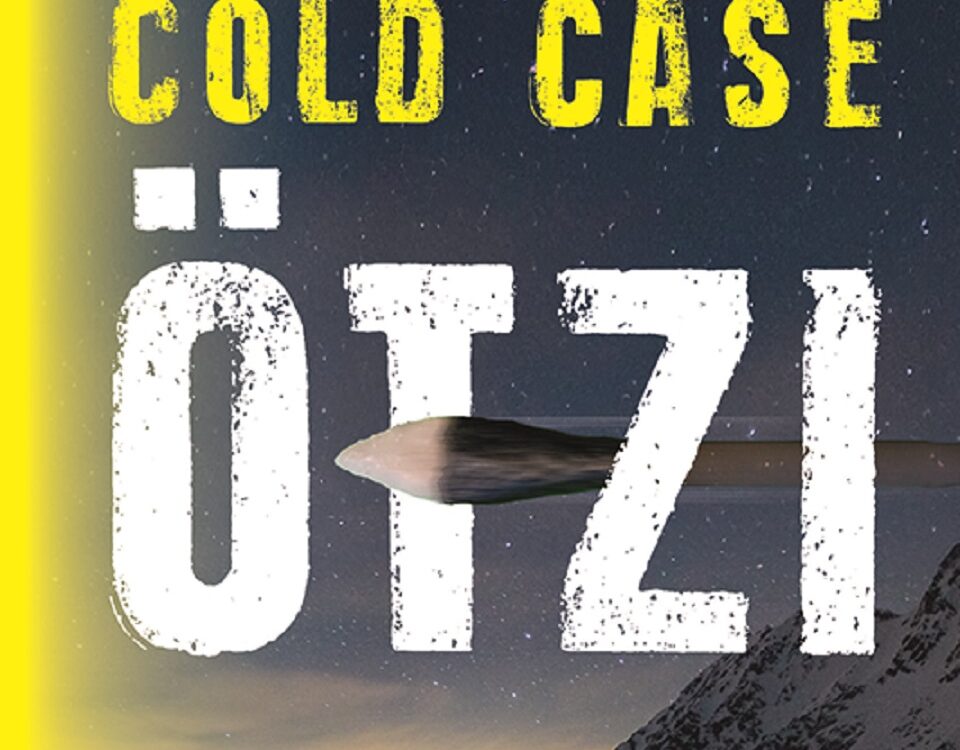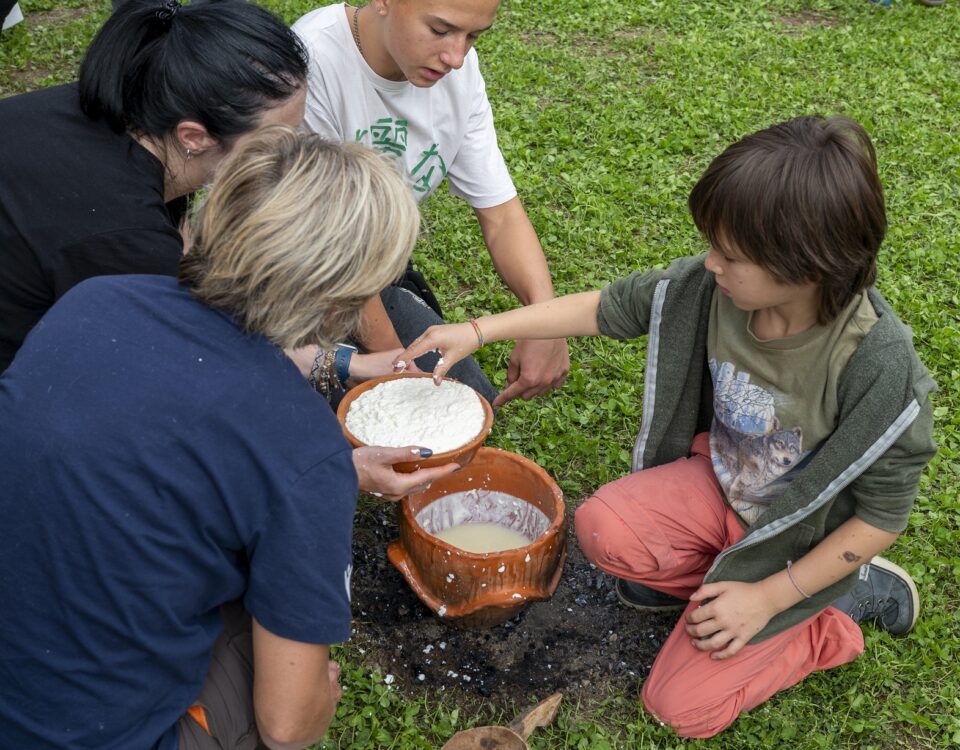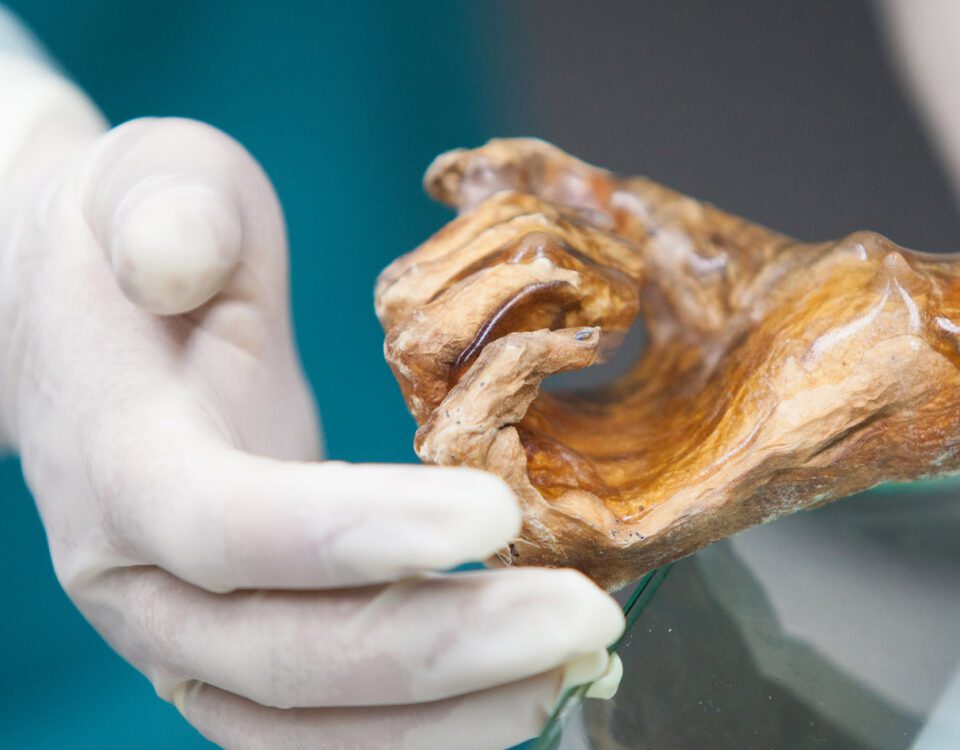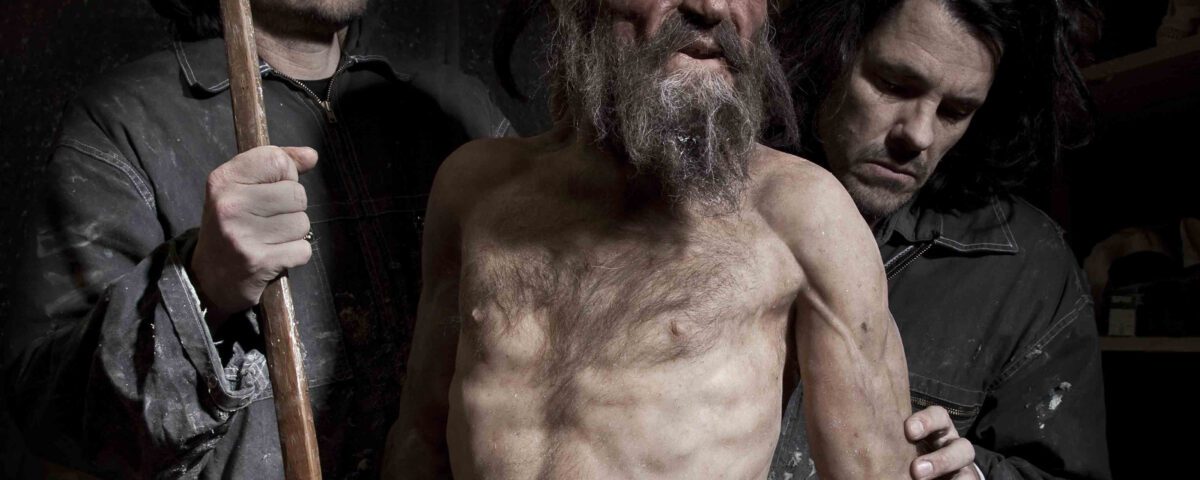
Ötzi’s DNA: Ancestry, Skin, and Hair
A research team from the Max Planck Institute for Evolutionary Anthropology in Leipzig has analyzed the Iceman’s genome using the latest methods. The results complete and expand the image we have of Ötzi.
The Iceman’s genome was first decoded in 2012 providing important insights into prehistoric Europeans. Advancements in sequencing technology and a dataset of more than 10.000 prehistoric individuals and over 100 persons from the same period have now made it possible to reconstruct his genome more precisely and compare it with others.
The hunter-gatherers of Western Europe merged into early “Anatolian” farming populations who migrated from the Middle East around 8,000 years ago. About 4,900 years ago herders from the steppes came from Eastern Europe. In contrast to the first study, the team no longer found any genetic traces of the steppe dwellers whose genes are still present in the European gene pool today. Instead Ötzi has a higher proportion of “Anatolian” genetic material when compared to his contemporaries. This indicates he had ancestors who farmed and suggests the inhabitants of the Alps had a relatively isolated way of life.
The study also provided new insights into his appearance: his Mediterranean-European skin type was darker than originally thought. Additionally, it was established that he had genetic predispositions to male pattern balding. Whether and how much this was apparent in his lifetime cannot be determined for certain from the study, particularly since 9 cm long locks of hair were found near the mummy.
Further surprising hereditary characteristics that the study revealed include risks for obesity and adult-onset diabetes. However, these probably never developed due to his highly active lifestyle.
The original publication appeared in Cell Genomics on 16 August 2023.
Photo:
Reconstruction of Ötzi the Iceman at the South Tyrol Museum of Archaeology with the paleoartists Alfons and Adrie Kennis, 2011
(c) South Tyrol Museum of Archaeology / Heike Engel 21lux


